Introduction
This project begun with the idea of a smart home, regulating environment variables according to the sleep stages you are in. But there is no reliable way of measuring that! EEG or MRI are the only accurate ways for telling the quality of a sleep. But guess what, those machines are expensive. They don't have to be. EEG is a better approach since it does not involves you to be in a hazardous magnetic field to tell whether you are asleep or thinking in the woman of your dreams. Its non intrusive, and if well designed its portable and comfortable.
Problematic
Imagine you are in a kilometer long park. This park is filled with people talking, and your buddy is at the other extreme calling out your name. Yes, it is in fact that hard to listen to an EEG signal. Static and other signals in our bodies lie around 120mV while EEG signals are in the range of 1-160uV (yes Micro Volts). But hey, technology is amazing and it is completely possible to do so at a low effort expense. My goal is to do that. And yes, it is uncomfortable, having 32 to 124 wires on your head to get a complete EEG scan? current approaches look like this:
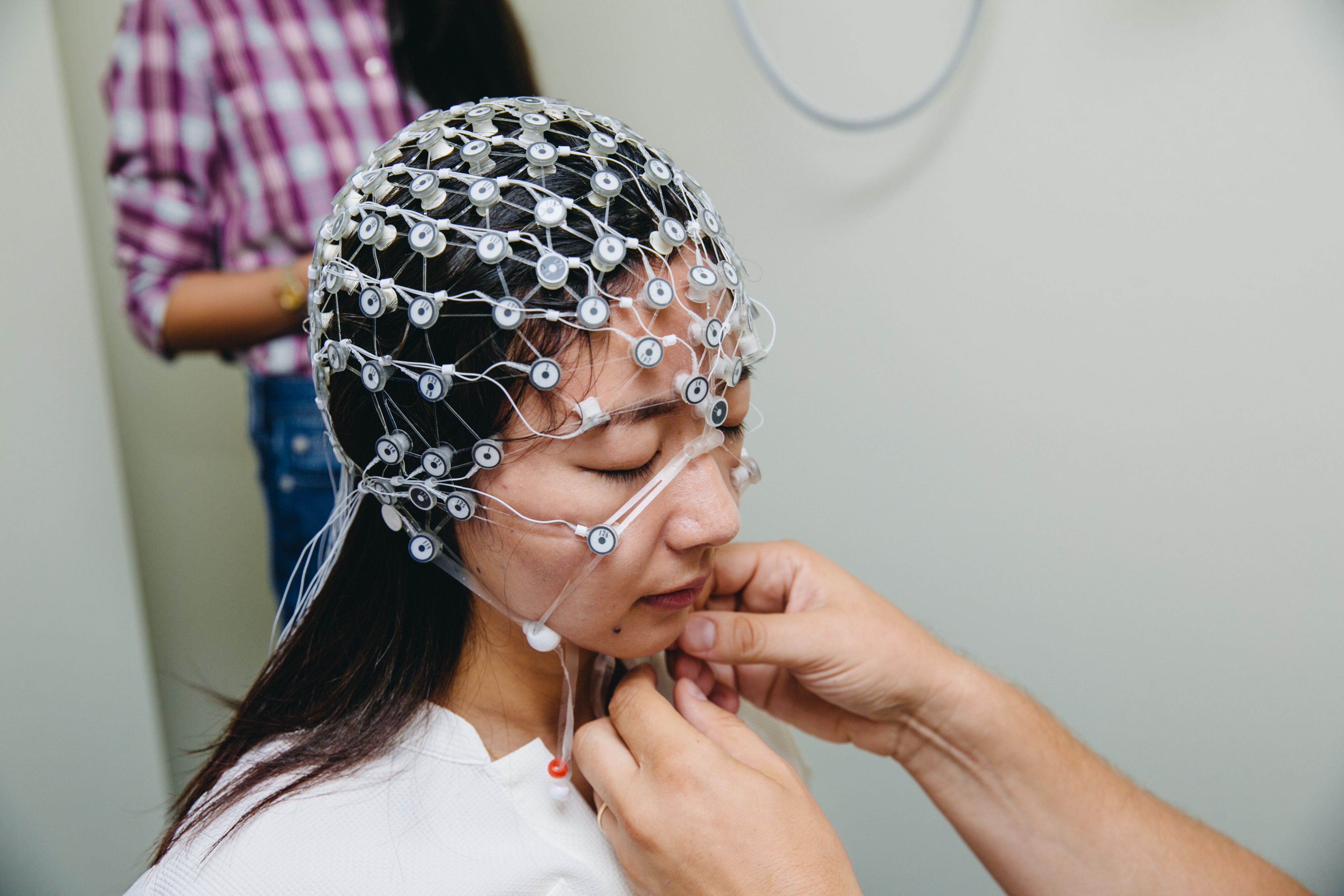
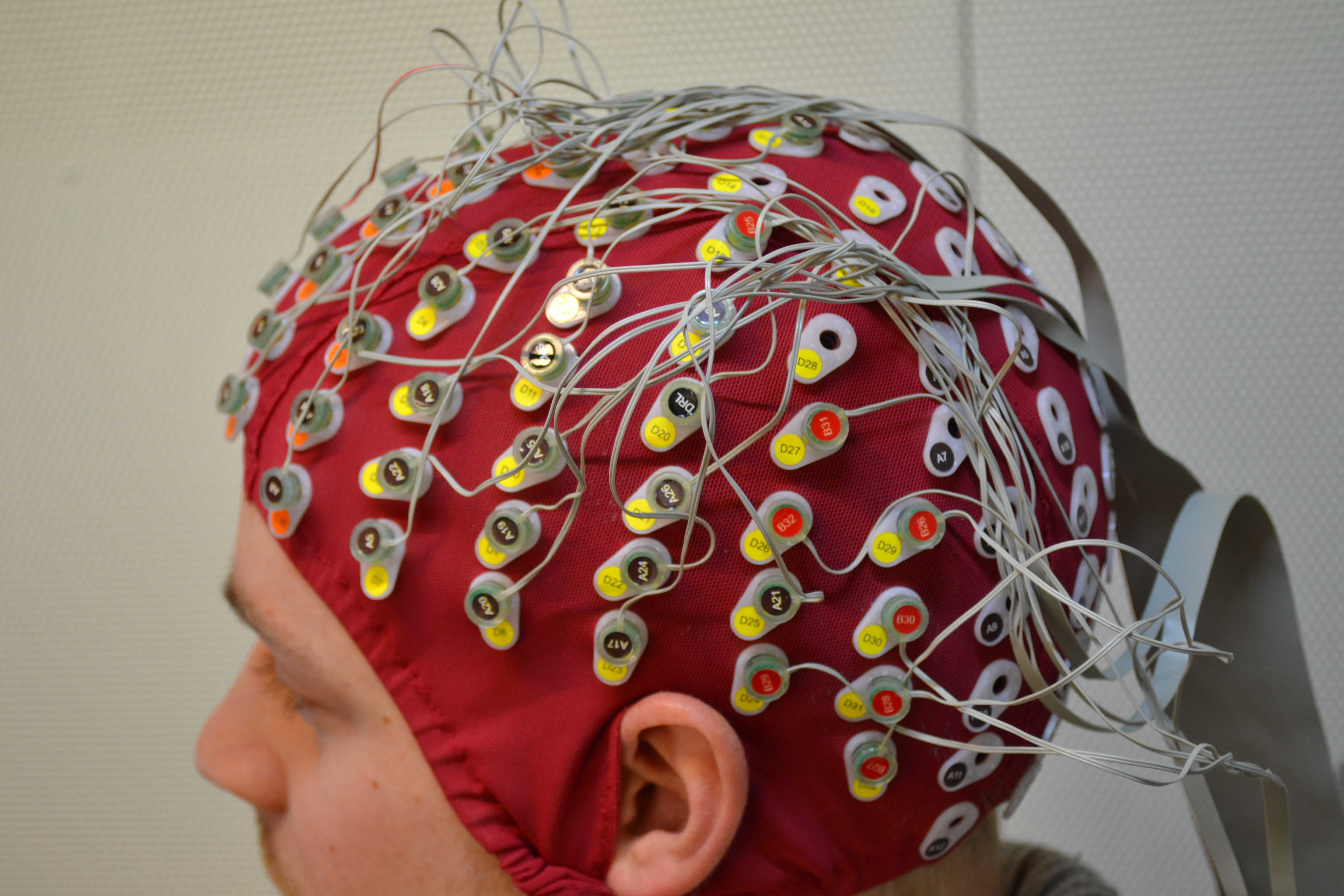
They use that to check on your sleep. Yeah, imagine sleeping with that! The leading opensource alternative OpenBCI looks like this:
Solution(s) - Proposal
None, i don't have ideas.... (juust kidding)
For electrodes i found out recently some guys are making 3D printed electrodes! And this company has an interesting approach of flexible electrodes. Mix those to and i bet you have cheap, comfortable DIY electrodes. Put those comfy electrodes in a cap like the first ones and you have an ultimate massag... i mean ultimate wearable EEG cap.
For the amplification, i found a novel design from 1994 which eliminates instrumentation amplifiers, coupling filters and other amplifiers, replacing them with 3 op amps to do all of that. And there is this other paper that implements differential amplifiers in a different way relying on ICA algorithm to eliminate the use of expensive instrumentation amplifiers. See where i am going? Yes, less components, more Machine Learning! Woho!
About filtering. Come on, its 2017, everything is digital. But i will thank to ICA to Better remove particular noises such as 60Hz rather than a careless notch filter. Thanks to the last paper cited above.
For Computing. Thank God for Raspberry Pi and DSPs like Teensy (i know its not a DSP, but who cares. It does deliver and with an awesome community). I like the idea of OpenBCI to have a small board built into the helmet or cap... Lets cross our fingers that the RPi Zero Wireless would be able to handle the ML or better yet, use a ESP8266 as a serial transparent bridge between teensy or whatever ADC or DSP we put in, and a local server that can also be a Raspberry (i have serious issues about Raspberry, i'ts true love. Don't judge me!)
Modularity. About ModularEEG and CHIP... They were right on spot on modularity. I am thinking of building 3 modules.
- Main Board: This will handle signal multiplexing, ADC acquisition, and serial transmission.
- Digital Board: This board will contain one ADC with some signal multiplexers and a anti-aliasing filter. This board will be the intermediate between the main DSP and the Analog boards. The Digital boards can be stacked up creating a bus communication using something like I2C or SPI with the Main Board.
- Analog Board: This board will contain Op-Amps capable of reading 4 to 8...
 rodrimen
rodrimen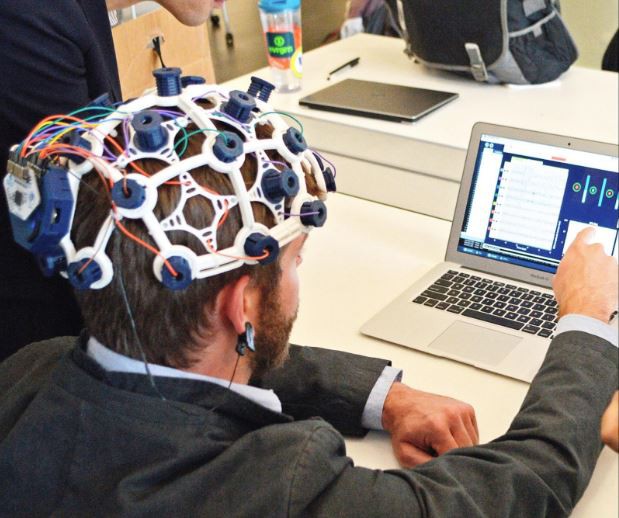
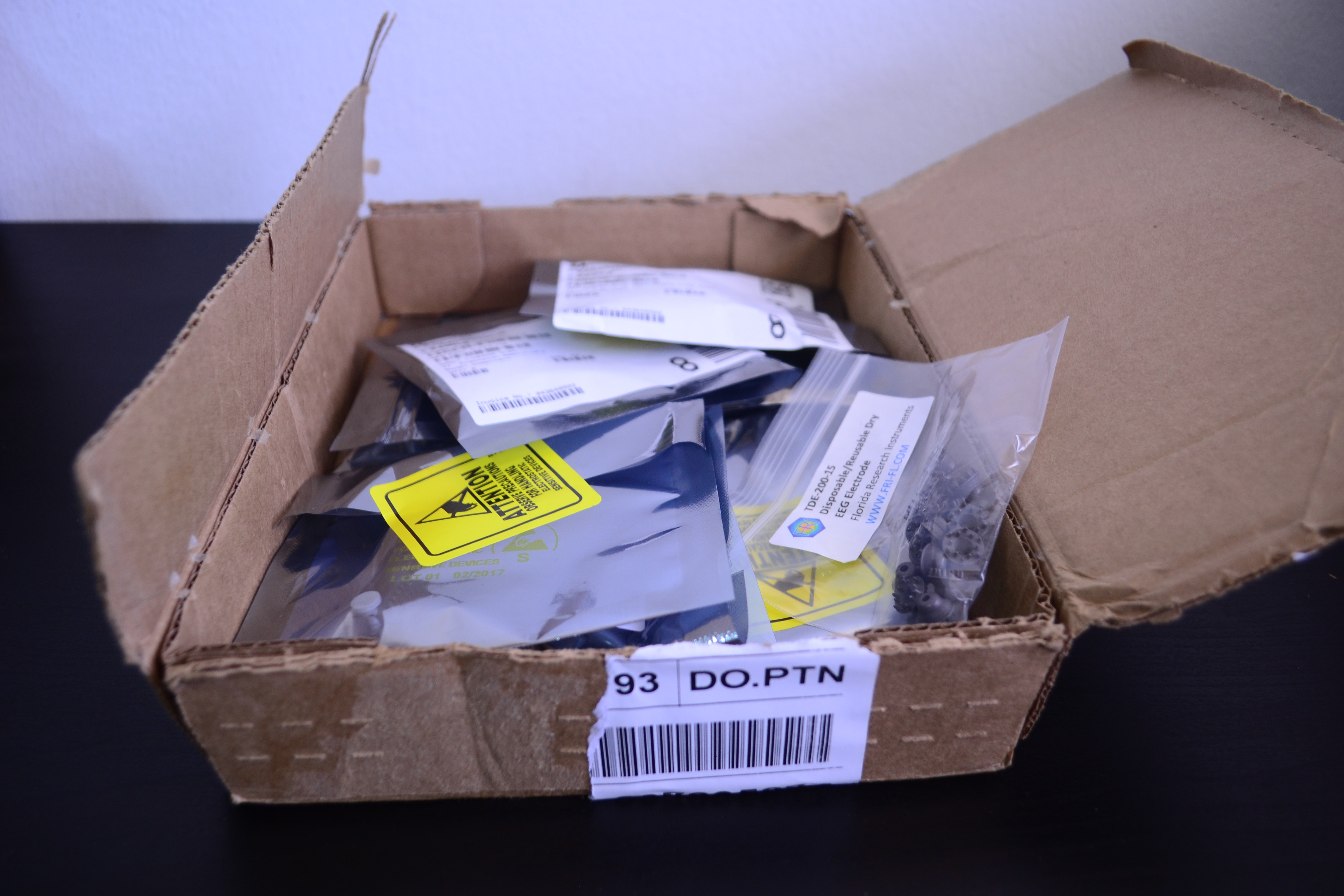

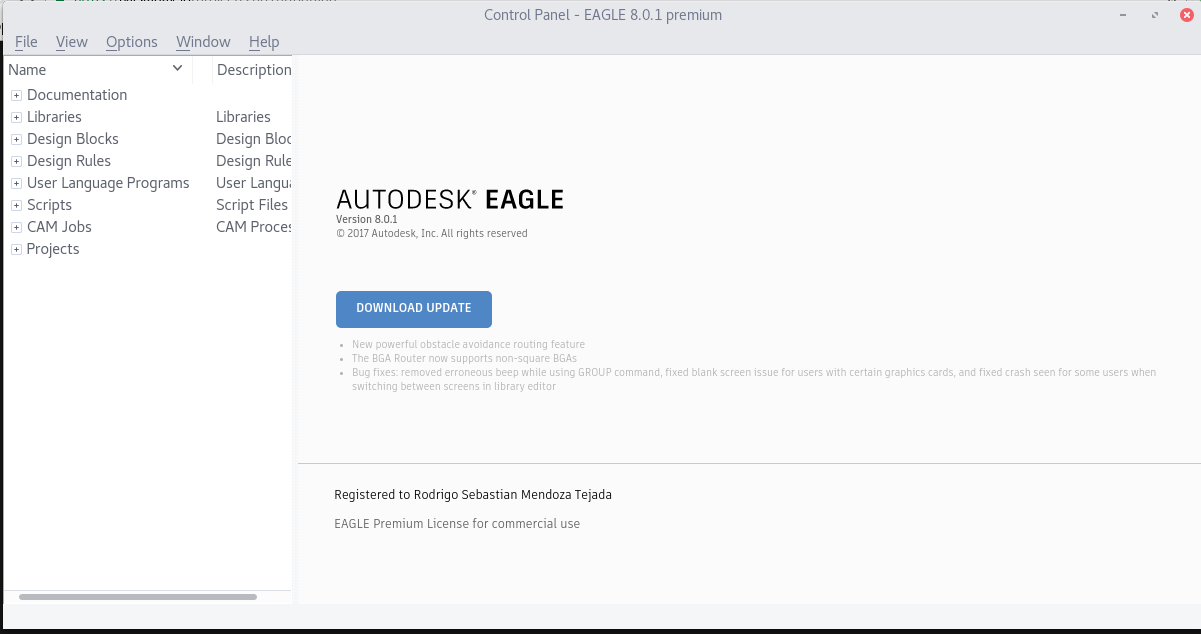


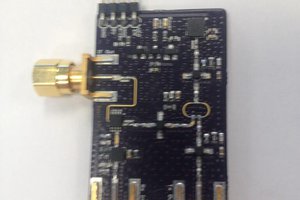

 Ultimate Robotics
Ultimate Robotics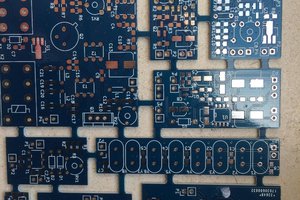
 M.daSilva
M.daSilva
 Anthony
Anthony
Looks interesting, I will be interested to see the Smart Home portion of your project. Cheers!